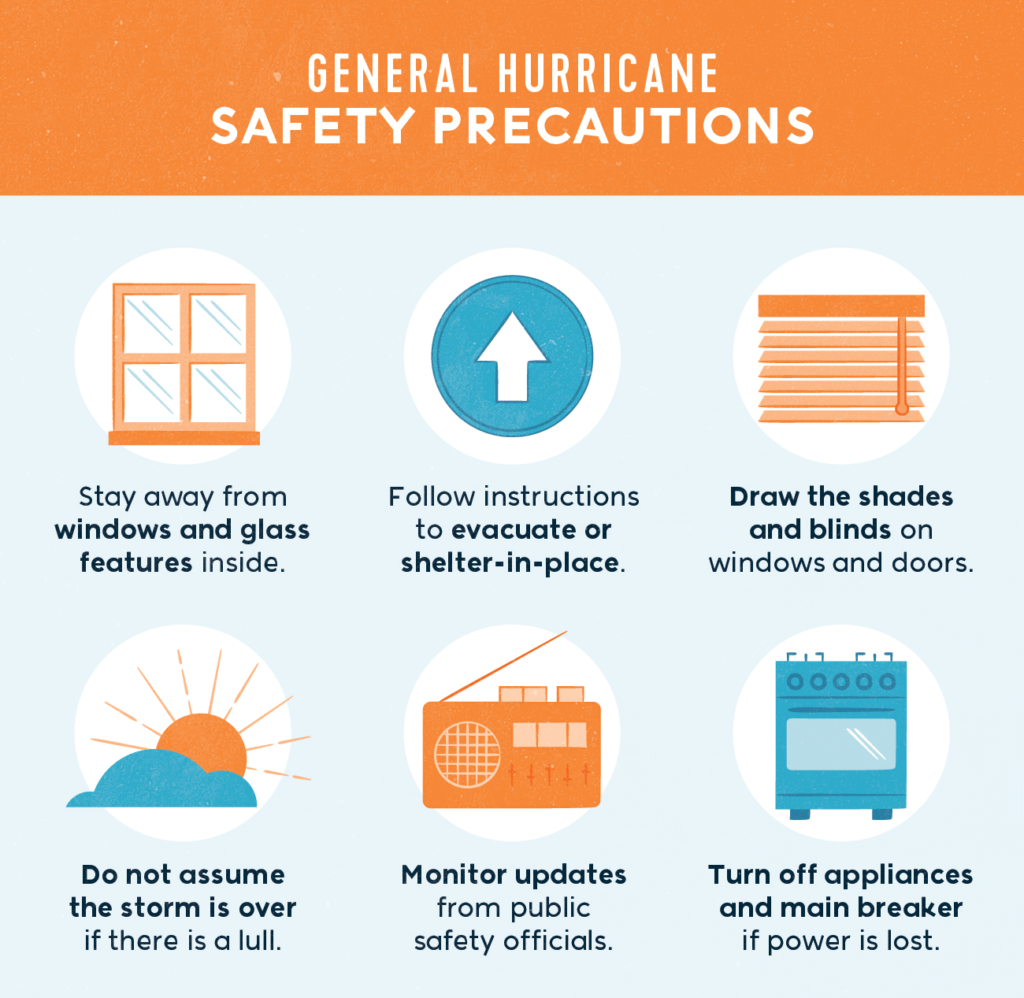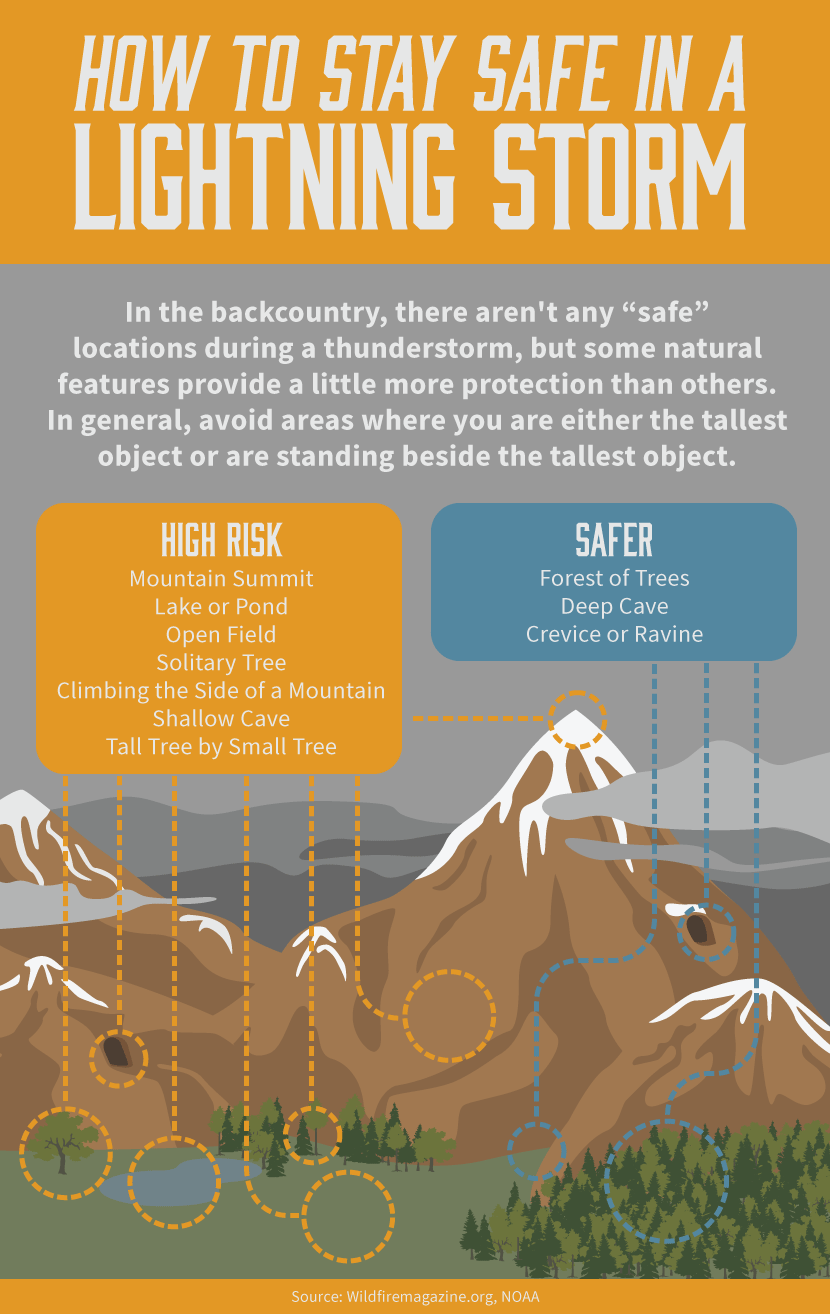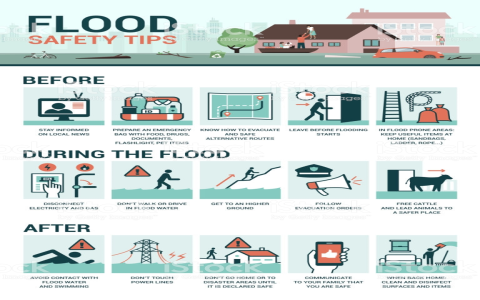Okay, so, last month I was prepping for a trip to Southeast Asia. You know, beautiful beaches, amazing food – the whole shebang. But then I started reading up on the region and realized it’s pretty prone to earthquakes and typhoons. Kinda freaked me out, so I went into full-on safety mode. Here’s how I handled it, figured I’d share my experience.

First thing’s first: Research, research, research.
Seriously, I spent hours online. I started by hitting up travel advisories from my government and some international organizations. This gave me a general idea of the risks in different areas. Then, I drilled down. Like, if I was going to a specific island, I’d Google “[Island Name] natural disaster history.” I wanted to know what actually happened there in the past – floods, landslides, the works. That gave me a much better picture than just reading about general risks.
Building my emergency kit – the fun part (sort of).
I ended up buying a bunch of stuff I hoped I wouldn’t need, haha. I grabbed a small first-aid kit (band-aids, antiseptic wipes, pain relievers – the basics), a portable power bank for my phone, a whistle, a headlamp (crucial if the power goes out), and some water purification tablets. I also packed a few energy bars – the kind that don’t melt in the heat. Oh, and duct tape. You never know when duct tape might save the day!
Downloaded the right apps – tech to the rescue.
My phone became my safety hub. I downloaded a local weather app that gave real-time alerts for the specific areas I was visiting. I also got a translation app (offline mode is a lifesaver!), and a mapping app that worked offline. That way, even if the internet went down, I could still figure out where I was and how to get to safety.
Lodging – Location, location, location.
I was super picky about where I stayed. I avoided low-lying coastal areas, even though they’re often the prettiest. I looked for hotels that had solid construction and emergency plans in place. I actually emailed a few hotels before booking to ask about their evacuation procedures and backup power systems. Some were more helpful than others, but it gave me peace of mind.
Staying informed while traveling – vigilance is key.
Once I was there, I kept a close eye on the weather forecast and local news. I checked the weather app every morning and evening. I also made sure to know the location of emergency shelters and evacuation routes. Most hotels had this information, but I also double-checked online.

Having a plan – just in case.
I thought about different scenarios: what if there’s an earthquake? What if there’s a typhoon? Where would I go? How would I communicate with my family back home if the phone lines were down? I shared my itinerary with my family and set up a check-in schedule. That way, if something happened, they’d know where I was supposed to be and when to expect to hear from me.
Communicating with family – letting them know I’m alive
- Before the trip, I made sure my family knew my itinerary and emergency contact information.
- I established a check-in schedule to let them know I was safe and sound.
- I utilized messaging apps with offline capabilities to stay in touch even without internet access.
The result? Peace of mind.
Thankfully, I didn’t experience any major disasters on my trip. But honestly, just knowing I was prepared made a huge difference. I felt much more relaxed and able to enjoy myself. It’s like having a safety net – you hope you never need it, but it’s good to know it’s there. So yeah, that’s my disaster-preparedness travel routine. Hope it helps someone else!









